How We Make Our Natural Bar Soap and Natural Liquid Soap
by Marissa Kasarov
Ever wondered how our natural soaps are made, without using any artificial detergents like sulfates? Today, we're giving you the full info drop, for those who like to hear all the dirty details! We spoke with our soap maker Jona to get a look inside the soap-making processes that she undertakes during a day at the Microsoapery.
One thing you may not have expected is that a day spent making Bar Soap is very different from one spent tending vats of Liquid Soap! While both are adored for their heavenly scents and moisturizing properties, making these two very different styles of soap is like night and day.
What’s the Difference Between Bar Soap and Liquid Soap?
Yes, Bar Soap is solid and Liquid Soap is… well, liquid. Trust us, it goes way deeper than that. A delicate balance of chemical reactions takes place to form the liquid and bar soaps that our customers love. When you look at the ingredients list on our soaps, you’ll see two ingredients that may seem scary at first. In our soap bars, it’s sodium hydroxide. In Liquid Soap, it’s potassium hydroxide. You may know them better as lye and potash.

Lye and Potash Make Real Soap
These ingredients transform completely when they are mixed with oil, in a reaction called saponification that leaves no lye or potash left over in the finished product. The difference between lye and potash is in the chemical reaction they cause. The sodium hydroxide (lye) in Bar Soap saponifies quickly, so the soap only takes a few minutes to make. It then cures slowly for 4-6 weeks to allow the water in the bar to evaporate, which makes a harder, much longer lasting bar. Before curing fully, the bars cannot be used.
Potassium hydroxide (potash) in Liquid Soap saponifies at a much slower rate. It creates a translucent paste that needs to be heated at a low temperature for several hours to complete the transformation. Liquid Soap takes much longer to make, but can be used safely within 48 hours.

Patience Makes Liquid Soap Perfect
Jona calls making Liquid Soap a “labor of love”, as it takes an entire day to make one batch. Mixing 30-gallon vats requires precision, as well as patience and a watchful eye to achieve the right consistency. To make Liquid Soap, she begins by mixing potassium hydroxide into glycerin and adds a blend of high-quality plant oils once the solution reaches 120 to 140 degrees Fahrenheit. As soon as the oils are added, the mixture starts forming soap.
Then, Jona and the team must oversee the Liquid Soap for at least five hours before beginning to perform a clarity test to ensure the saponification process is complete. When the test results are just right, distilled water is added to create the perfect consistency in the soap.

After approximately 24 hours of cooling, the soap is scented with one of three scents (Cedar Sage, Gardener’s Citrus Scrub, and Lavender Lemon). These essential oil blends need a day or two to meld with the soap before it can be bottled. Because making Liquid Soap takes time and precision, we typically produce far fewer batches per week than our bar soap.
Quick and Confident Bar Soap Batches
Bar Soap production is a much faster process, as the chemical reaction between lye and oil takes just a few minutes. That means you have to be quick on your feet!
Our soap bars are crafted in 35-pound batches that produce up to 110 bars. Jona explains that to start a batch, we measure out the base ingredients that include plant oils, exfoliants, scent and colorants. Like our Liquid Soap, our bar soap is loaded with hydrating oils, including sustainable palm oil and an in-house blend of castor oil, coconut oil, and argan oil. We also add shea and cocoa butter, and depending on which soap is being produced, exfoliants such as lavender flowers or coffee grounds are mixed in. Essential oils are a crucial part of our Bar Soaps, and we also add colorants for swirls, including activated charcoal, spirulina, turmeric, oatmeal, and Moroccan red clay.
How Oils Turn Into Bar Soap
The next step is to add liquid lye to this base of oils. As soon as that lye hits the oil, you have to be quick on your feet! Emulsification with a blender creates a milky-looking liquid that is watched carefully for ‘trace’, or the first sign of the soap beginning to harden. This is the sign that saponification has begun! The alkalinity of the lye has begun to change the chemical structure of the mixture to create soap, and it must be poured into a mold immediately. The soap mixture hardens very quickly, but there is just enough time to pour a second color over the soap in the mold to create swirling designs in the soap bars.

The soap will rest in the mold until it hardens enough to be used. During the first few weeks, Bar Soap is very soft and requires curing before it can be boxed. Although the Bar Soap is a lot of fun to make, it can be nerve-wracking because our team needs to move quickly (we have three to five minutes to ensure that it’s made correctly). We make many batches of bar soap per week, and we finish as many as possible in the beginning of each week to give us time to cut the bars before they harden too much. It’s not uncommon for 10 or more batches of Bar Soap to be made in one day!
Say No to Sulfates and Use Real Soap
Regardless of what we’re making that day, each of our handmade soaps is carefully attended to in our Microsoapery to make real soap with zero sulfates. Whether you choose our natural Bar Soap or Liquid Soap, you can rest assured that the final product was created by hand by one of our soap-making experts. If you’d like to browse our selection of scents, please explore our site or visit one of the 1,900+ retailers that stocks Spinster Sisters coast-to-coast.
[Updated from original article posted on 10/13/2020.]

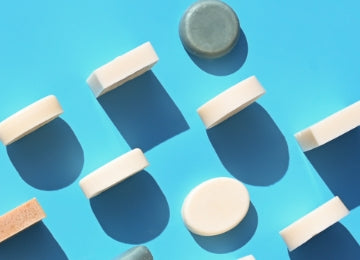
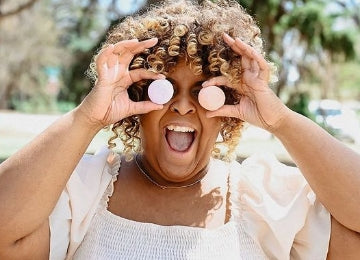
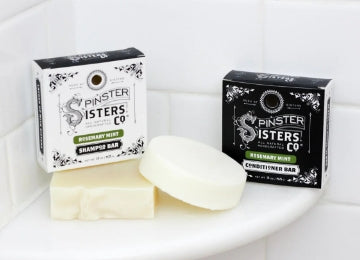
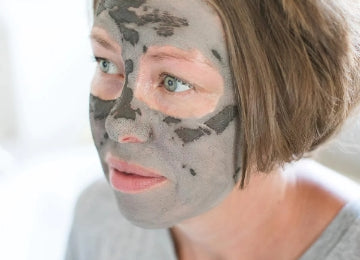



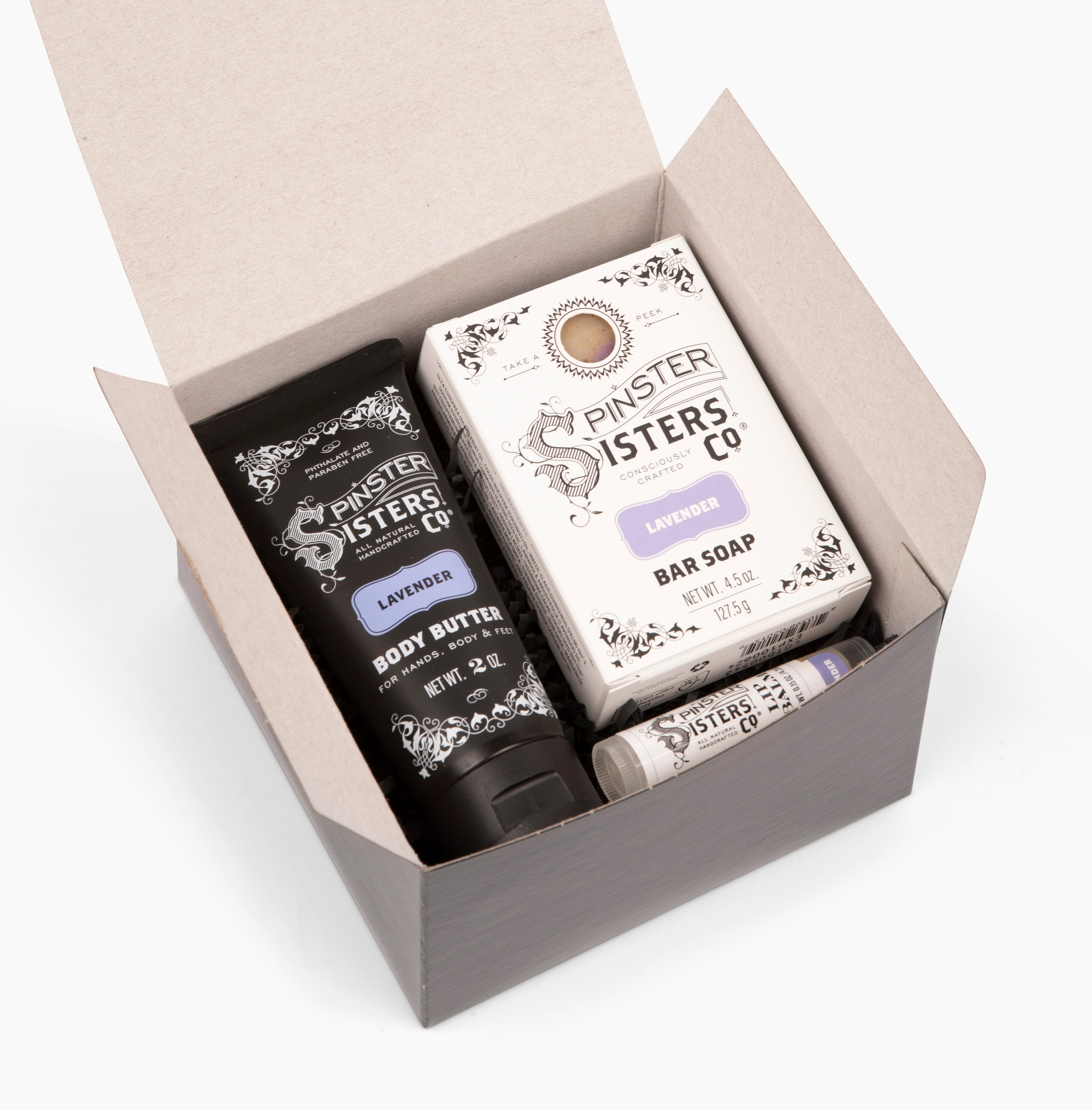

Do you teach classes on soap making? My 8 year old daughter is interested in making and selling soap for kids for her store.